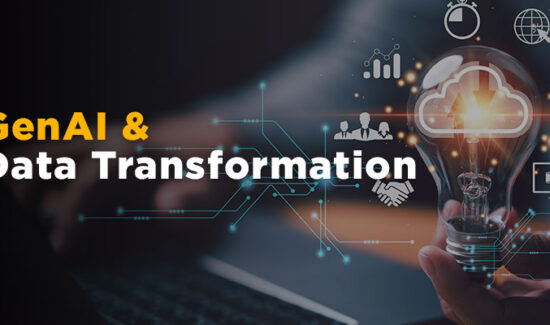What is Data Virtualization?


As organizations have an increasingly difficult time dealing with the growing complexity of data, they tend to look beyond legacy solutions in order to create new paths-to-insight. One of the biggest problems with the traditional ETL and data warehouse approach is that it is slowly becoming inefficient for companies that share many data types from outside sources. As a result, some vendors have pivoted, deploying the kinds of tools that can provide speedier integration, federation, and transformation, allowing enterprises to gain a single unified view of their data. It appears that Data Virtualization is becoming the technology that can help companies do just that.
Unlike traditional integration tools, virtualization allows users to create a virtual abstract layer than can be mirrored to provide one single view of all the data that resides in the database instead of having to run through the process of ETL to get the data loaded up into an analytic framework. This enables the user to piece together databases, data warehouses, and even cloud services to gain a comprehensive view of the data that matters most. Another capability that makes Data Virtualization unique is that many of the top vendors include a wide variety of Data Governance features inside.
Data Virtualization differs from Data Federation in that it is mainly used to deliver services as opposed to federating databases. In addition, Data Virtualization solutions provide a distributed, self-service-style approach, enabling business users to gain access to data without the intervention of IT. Without having to physically load or manipulate data inside the database, virtualization solutions supply the data in a visual form that allows those who need access to work on it, but without the lengthy processs of physically manipulating the data.
Data Virtualization tools are being deployed by companies that want to light a fire under their Data Discovery projects. With more modern, distributed analytics solutions becoming the new norm, companies crave the ability to obtain one single view of the totality of their data without having to do anything to it. As an added benefit, users are able to make real-time changes to data sets without disrupting the data as it physically sits, allowing them to virtually integrate disparate data sources quickly. Many companies are also finding out that virtualization solutions can save them from the costs of data warehouse maintenance as well.
Data Virtualization provides data-driven companies with many of the same capabilities as the legacy tools do, just without the wait. Companies that have adopted more agile forms of Business Intelligence and Data Analytics would be wise to explore in greater depth the ways that virtualizing their vital data could provide some benefit.
Widget not in any sidebars























